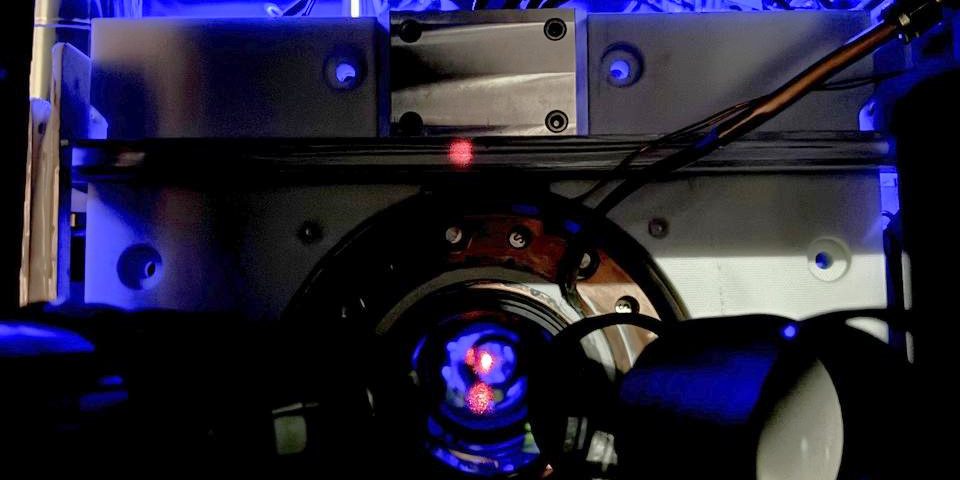In humankind’s ever-ticking pursuit of perfection, scientists have developed an atomic clock that is more precise and accurate than any clock previously created. The new clock was built by researchers at JILA, a joint institution of the National Institute of Standards and Technology (NIST) and the University of Colorado Boulder.
Enabling pinpoint navigation in the vast expanse of space as well as searches for new particles, this clock is the latest to transcend mere timekeeping. With their increased precision, these next-generation timekeepers could reveal hidden underground mineral deposits and test fundamental theories such as general relativity with unprecedented rigor. For atomic-clock architects, it’s not just about building a better clock; it’s about unraveling the secrets of the universe and paving the way for technologies that will shape our world for generations to come.


